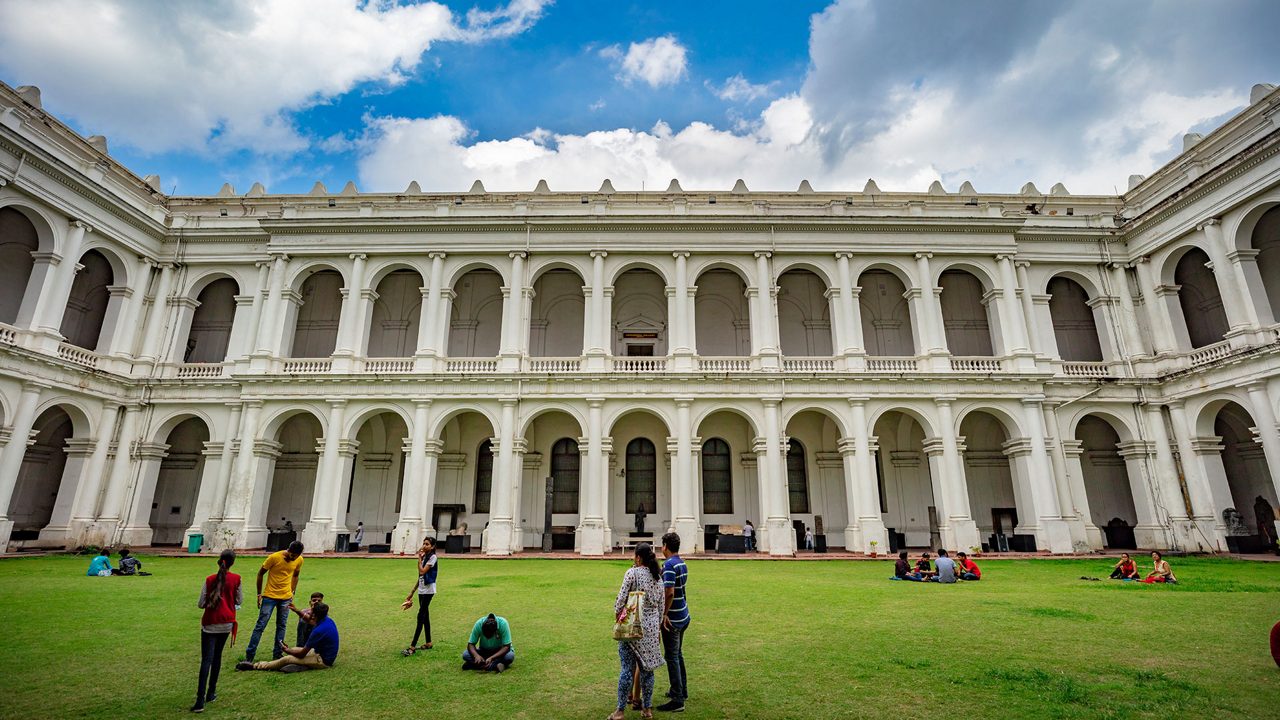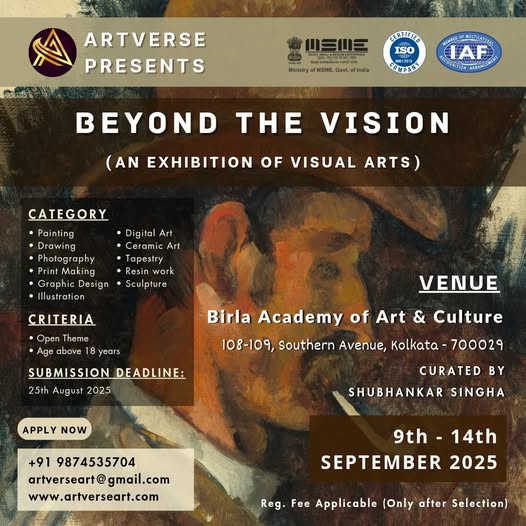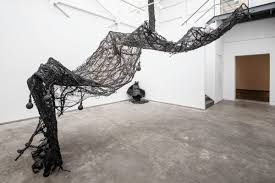
Menu

In 2025, glitch aesthetics have firmly established themselves as a bold visual language in contemporary art. What was once dismissed as a digital accident—pixel distortion, data corruption, or screen tearing—is now being embraced by artists as a creative force. Glitch art takes these “mistakes” and reframes them as intentional disruptions, turning technological errors into captivating visual statements.
At its core, glitch art celebrates imperfection. In an age dominated by polished digital imagery, this aesthetic offers a raw, chaotic alternative. Artists manipulate code, break image files, or tamper with video playback to create works filled with fractured color, warped textures, and fragmented forms. The results can be unsettling or beautiful—sometimes both at once.
Glitch aesthetics also speak to deeper themes. They reflect our complex relationship with technology: the tension between control and collapse, perfection and failure. In a world increasingly reliant on digital systems, glitch art reminds us that errors are inevitable—and sometimes, meaningful. It’s also a form of rebellion against visual norms, rejecting clean lines and symmetry in favor of unpredictability.
The glitch trend is visible across mediums—from digital paintings and GIFs to fashion design, music videos, and even live performances. It’s especially popular among younger artists and internet-based creatives who grew up surrounded by screens and digital noise.
While glitch art may seem chaotic, it’s often carefully crafted. Artists like Rosa Menkman and Antonio Roberts have pioneered techniques for creating intentional glitches, blending coding skills with artistic vision.
In a world striving for digital perfection, glitch art is a reminder that flaws can be powerful, expressive, and beautiful.



